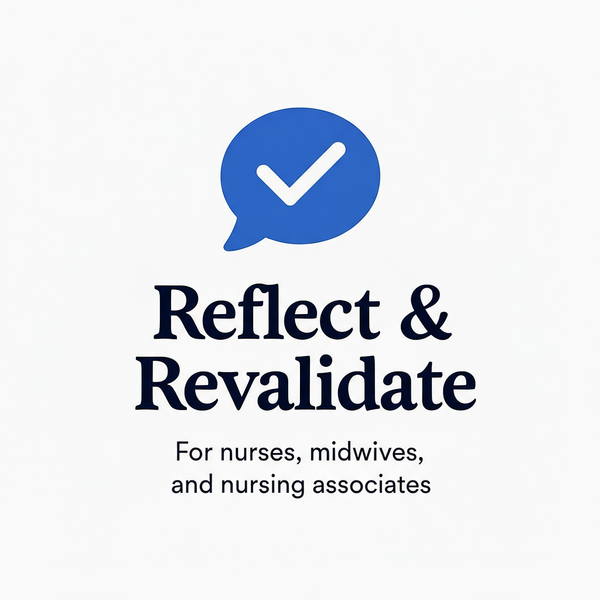Reflection: Managing an Unexpected Breech Birth
Share
Submitted by: Hannah - Community Midwife with 6 years experience
What was the nature of the CPD activity and what did you hope to learn from it?
I was attending a planned home birth for Sophie (pseudonym), a second-time mother whose pregnancy had been straightforward. Her previous birth had been uncomplicated, and all antenatal scans had shown the baby in a cephalic (head-down) position.
However, when Sophie began pushing, I could see that the presenting part wasn't the baby's head—it was the buttocks. The baby had turned to breech position, likely during labour. This was an unexpected complication, and I needed to make rapid decisions about whether it was safe to continue with the home birth or transfer to hospital.
I had limited experience with breech births, and I felt the pressure of ensuring both mother and baby's safety while respecting Sophie's birth preferences. I hoped to learn how to manage unexpected complications calmly, make evidence-based decisions under pressure, and communicate effectively with women during emergencies.
What did you learn from the CPD activity?
I learned the importance of staying calm and projecting confidence even when I felt uncertain. Sophie was looking to me for reassurance, and my calm demeanour helped her stay focused and trust the process. I explained clearly what was happening and what our options were.
I learned to rapidly assess risk factors and make evidence-based decisions. I considered Sophie's obstetric history (previous uncomplicated birth), the baby's progress (descending well), and the fact that we were already in second stage. Based on these factors and my clinical judgment, I decided it was safe to continue with hands-off breech birth while calling for backup.
The experience taught me the value of my training and skills. Although I had limited breech experience, my training in physiological birth and emergency management gave me the knowledge I needed. I trusted my skills, called for paramedic backup as a precaution, and supported Sophie through a successful breech birth.
I also learned about informed decision-making in emergencies. I quickly explained the situation to Sophie and her partner, outlined the options (continue at home with backup or transfer), and supported their decision to continue. This shared decision-making was crucial even in an urgent situation.
How did you change or improve my practice as a result?
I now ensure I'm more thorough in my assessments during labour, including abdominal palpation even when previous scans have confirmed position. This experience taught me that babies can turn late in labour, and I shouldn't make assumptions based on earlier findings.
I've undertaken additional training in breech birth and emergency skills to increase my confidence in managing unexpected complications. I now feel better prepared to handle similar situations and make informed decisions about safety and transfer.
I've also improved my communication during emergencies. I've learned to explain situations clearly and concisely, outline options, and involve women in decision-making even when time is limited. This maintains their autonomy and helps them feel in control.
Following this experience, I've become more confident in trusting my clinical judgment and skills. I've learned that midwifery is about being prepared for the unexpected and having the knowledge and confidence to respond appropriately.
How is this relevant to the Code?
This reflection demonstrates several aspects of the NMC Code:
Preserve safety (13.1): I recognised a potential risk, assessed the situation carefully, and took appropriate action to ensure mother and baby's safety including calling for backup.
Practise effectively (6.1): I used my knowledge and skills to assess the situation and manage an unexpected breech birth safely.
Recognise and work within limits (13.2): I acknowledged my limited breech experience and called for backup support while using my existing skills to manage the situation.
Work in partnership (2.1): I involved Sophie in decision-making about her care, even during an emergency situation, respecting her autonomy and preferences.
Maintain knowledge and skills (22.3): I recognised a gap in my experience and undertook additional training to improve my competence in managing breech births.
Do you have any further comments?
Sophie gave birth to a healthy baby boy at home with paramedics present as backup. Both mother and baby were well, and Sophie was grateful that I had supported her to continue with her home birth despite the unexpected complication. She said my calm confidence helped her trust that everything would be okay.
This experience was a powerful reminder that birth is unpredictable, and midwives must be prepared to manage unexpected situations with skill, confidence, and calm professionalism. It reinforced the importance of ongoing training, trusting clinical judgment, and maintaining woman-centred care even during complications.
I've learned that being a safe practitioner isn't about never encountering complications—it's about having the knowledge, skills, and judgment to recognise them, assess risk appropriately, and take the right action to ensure safety while respecting women's choices.
